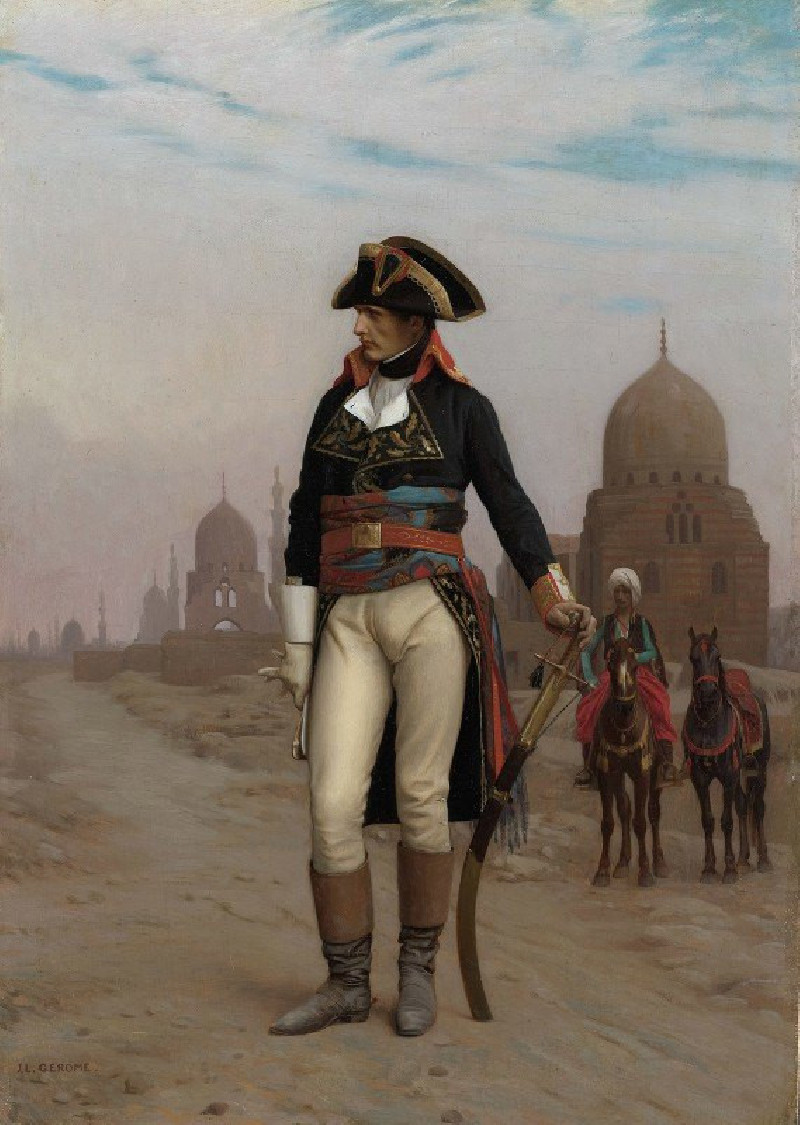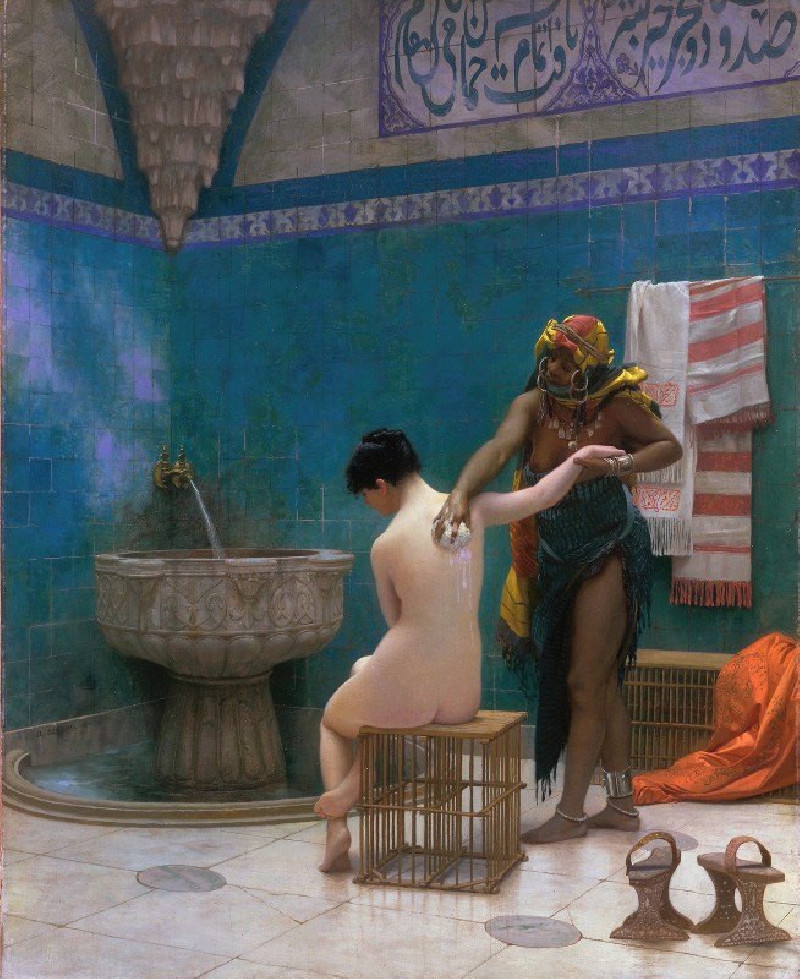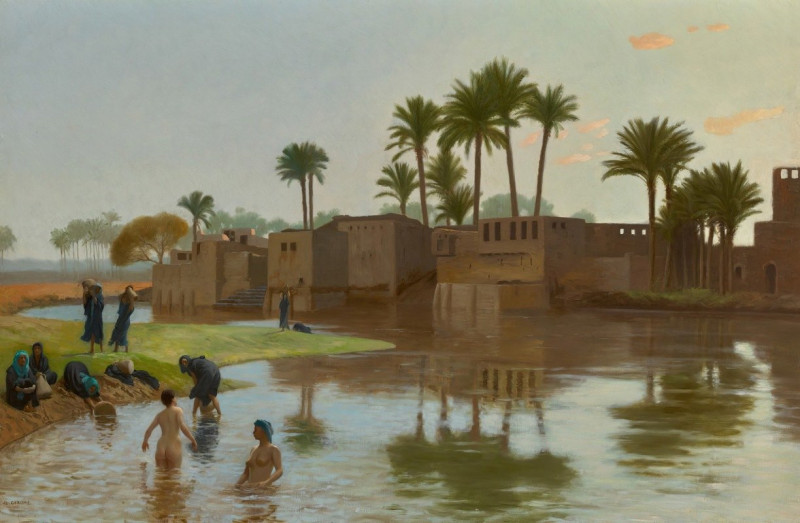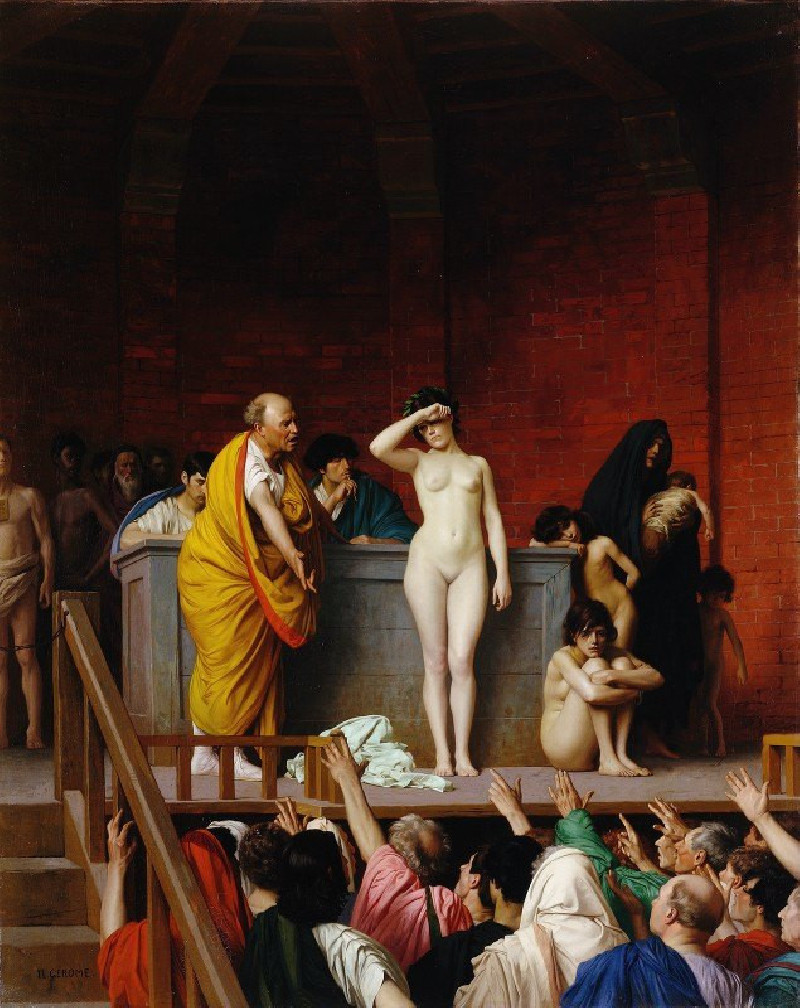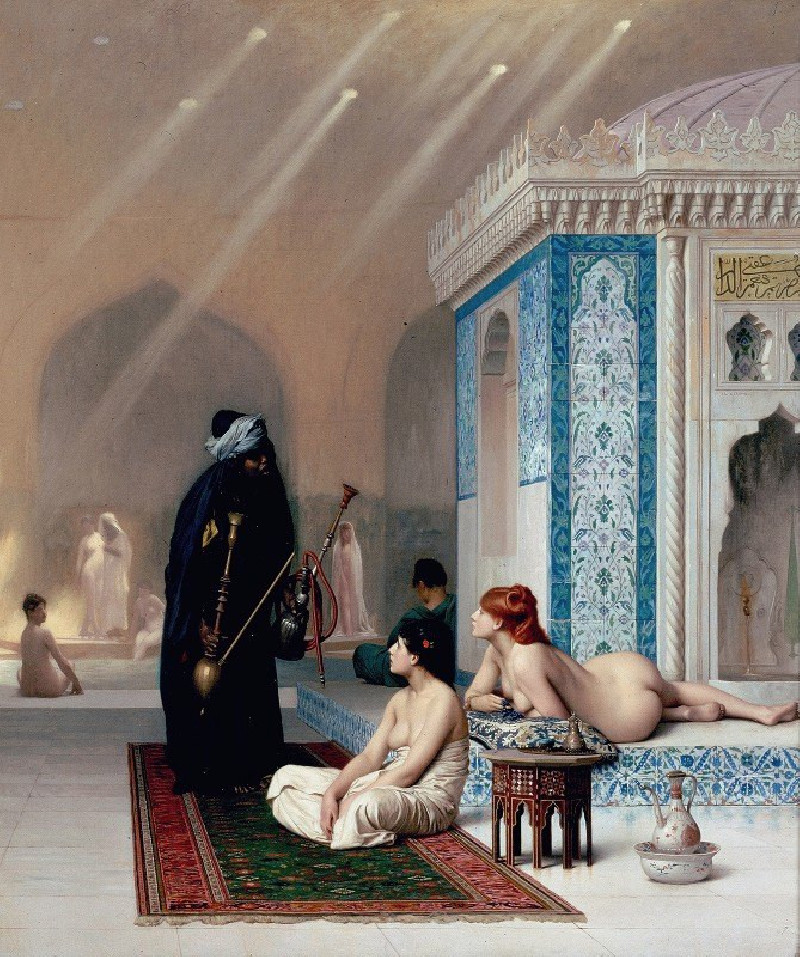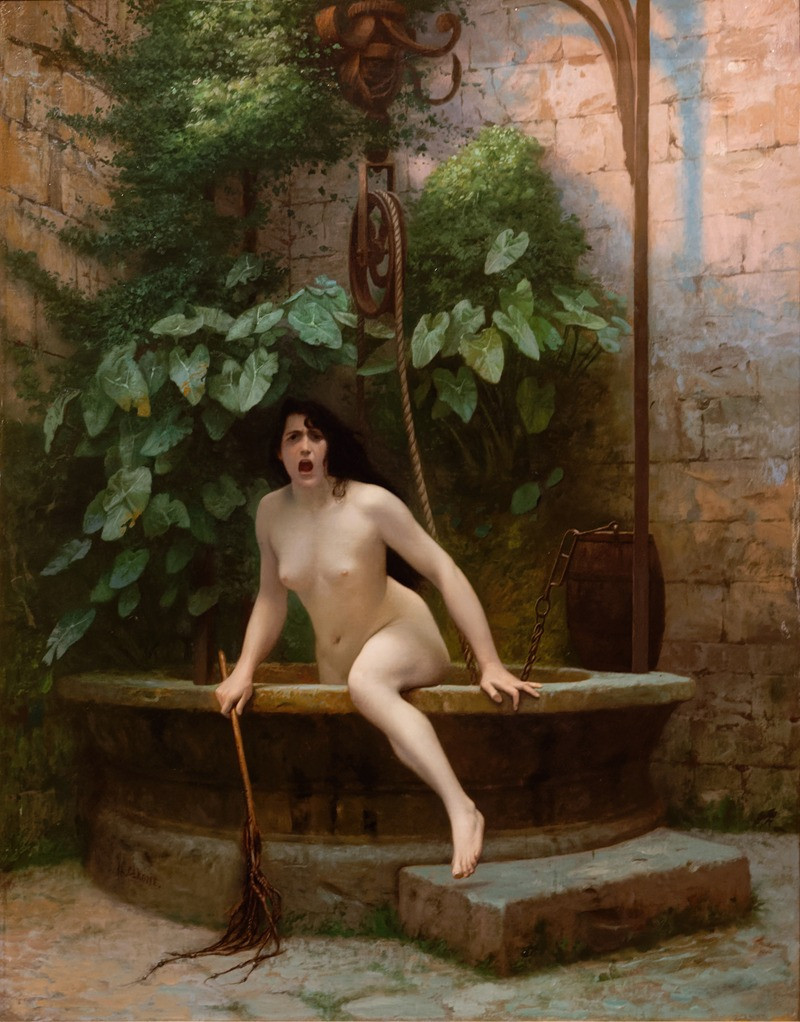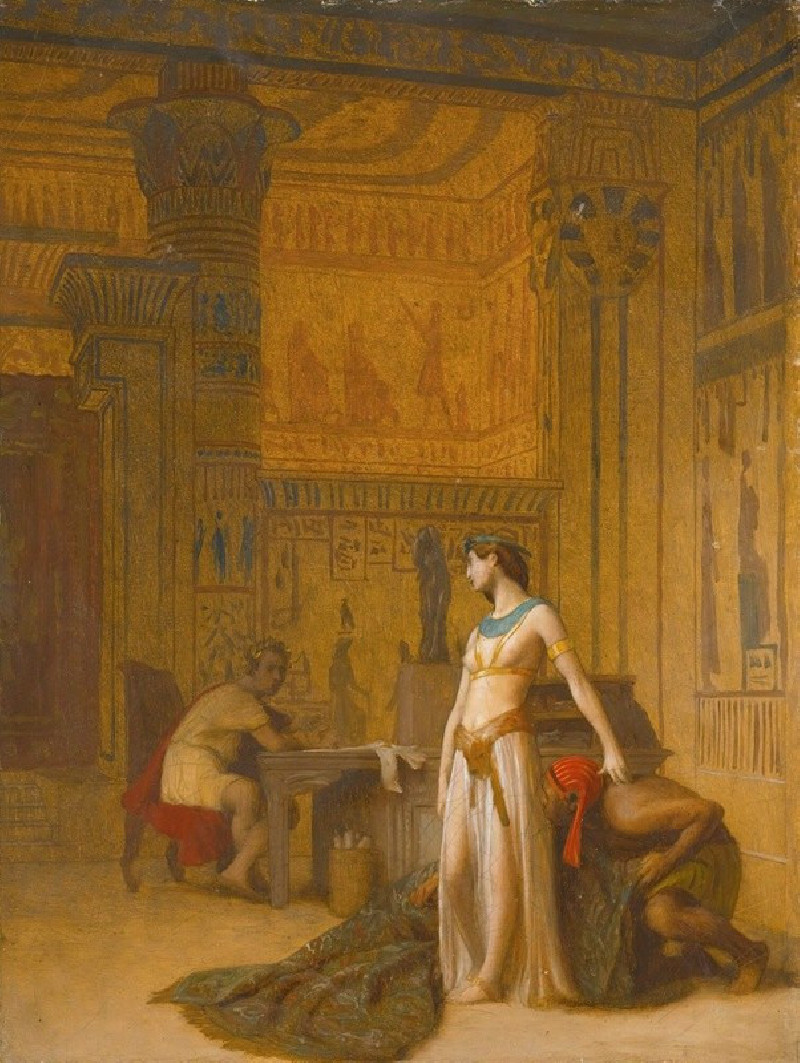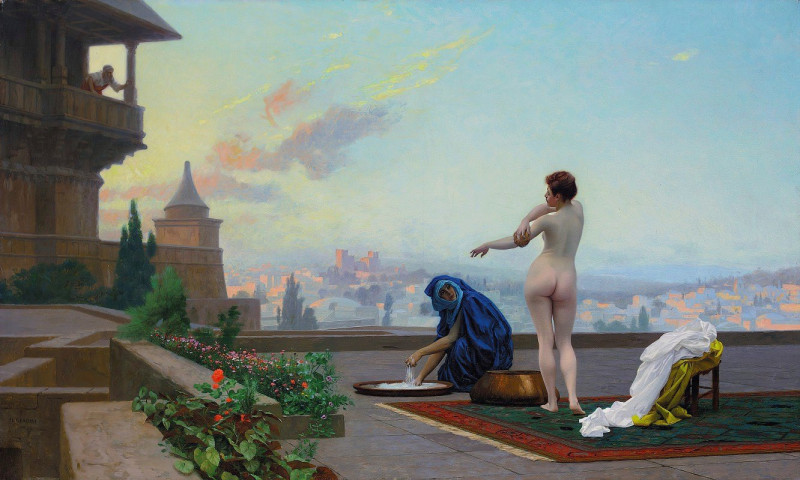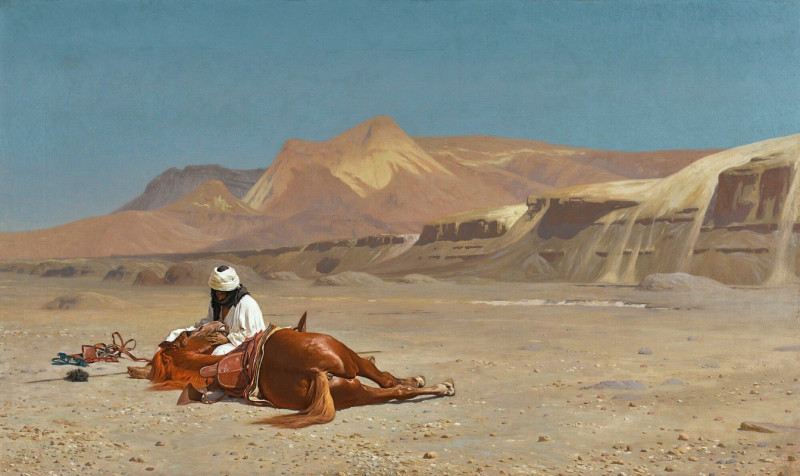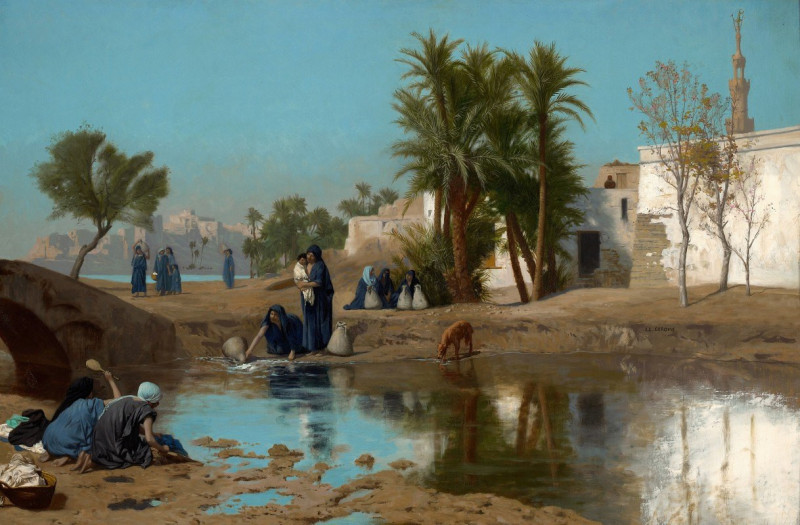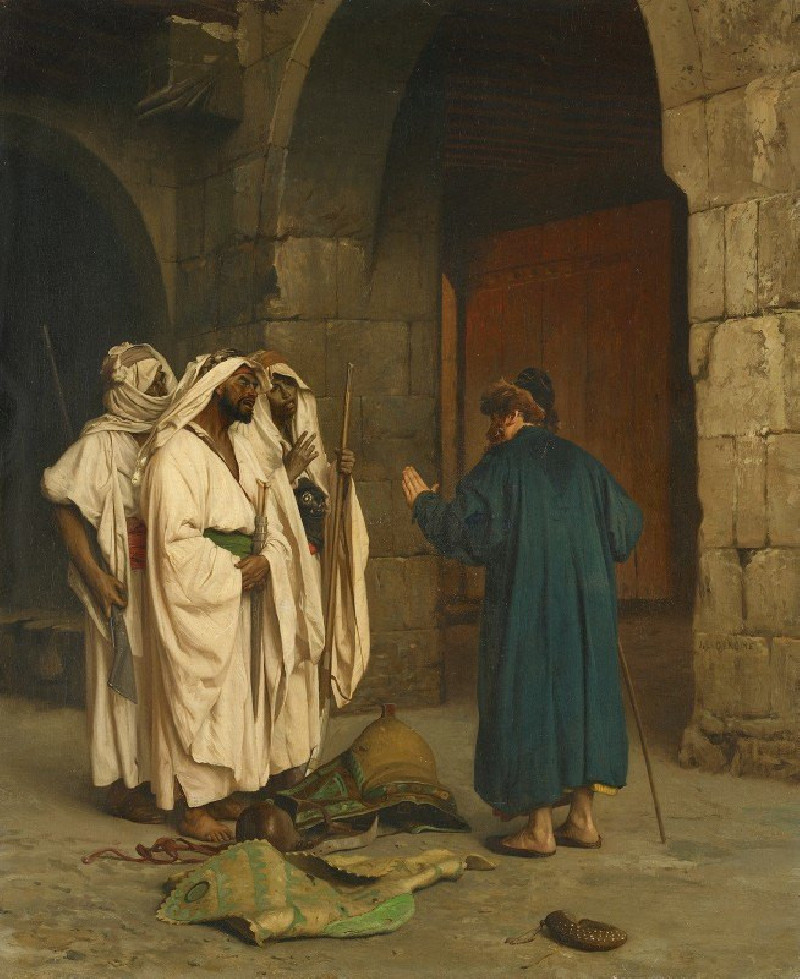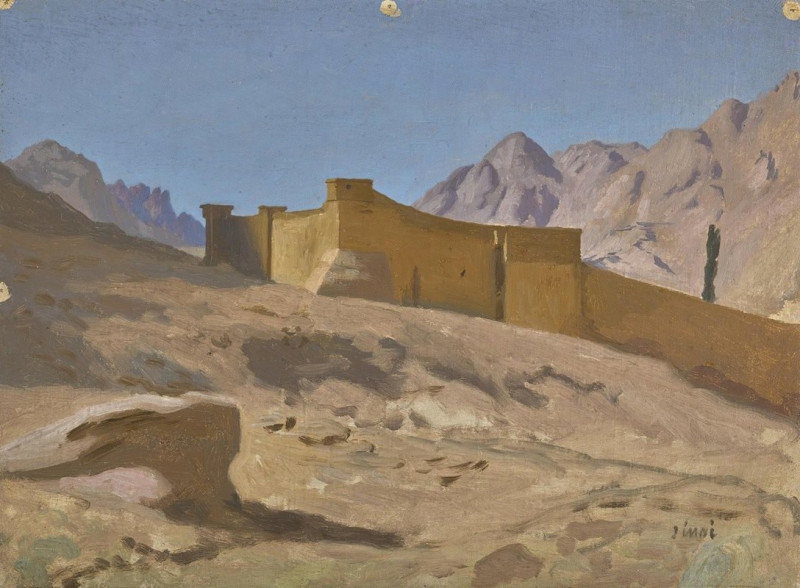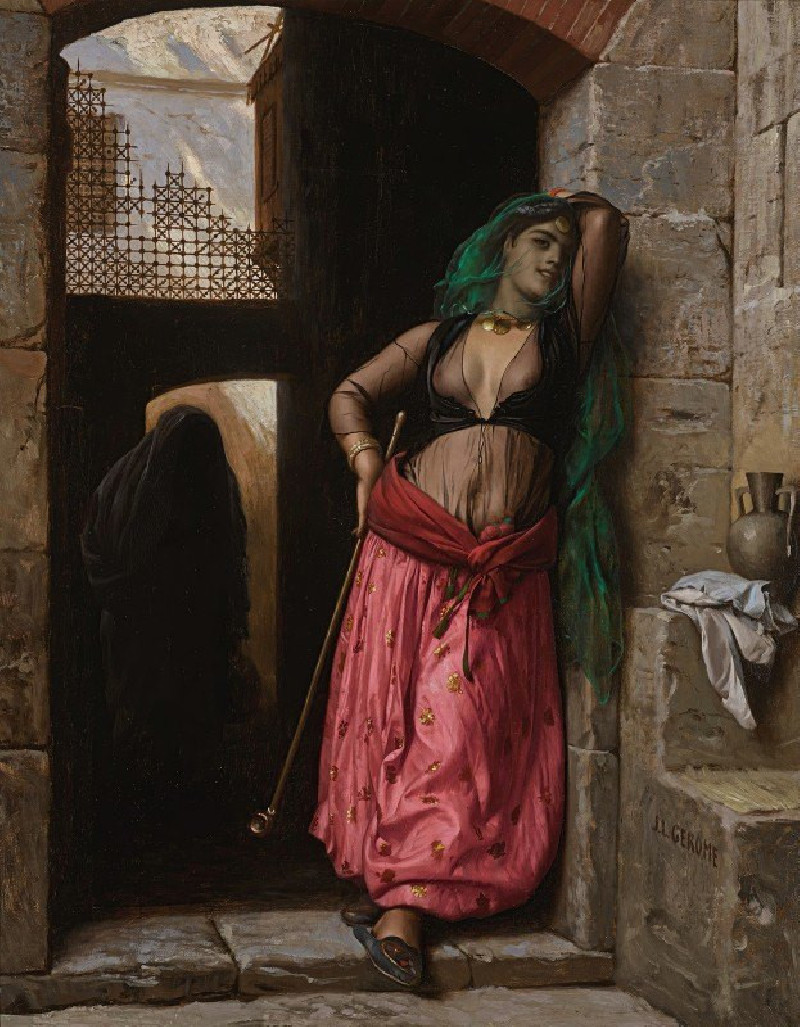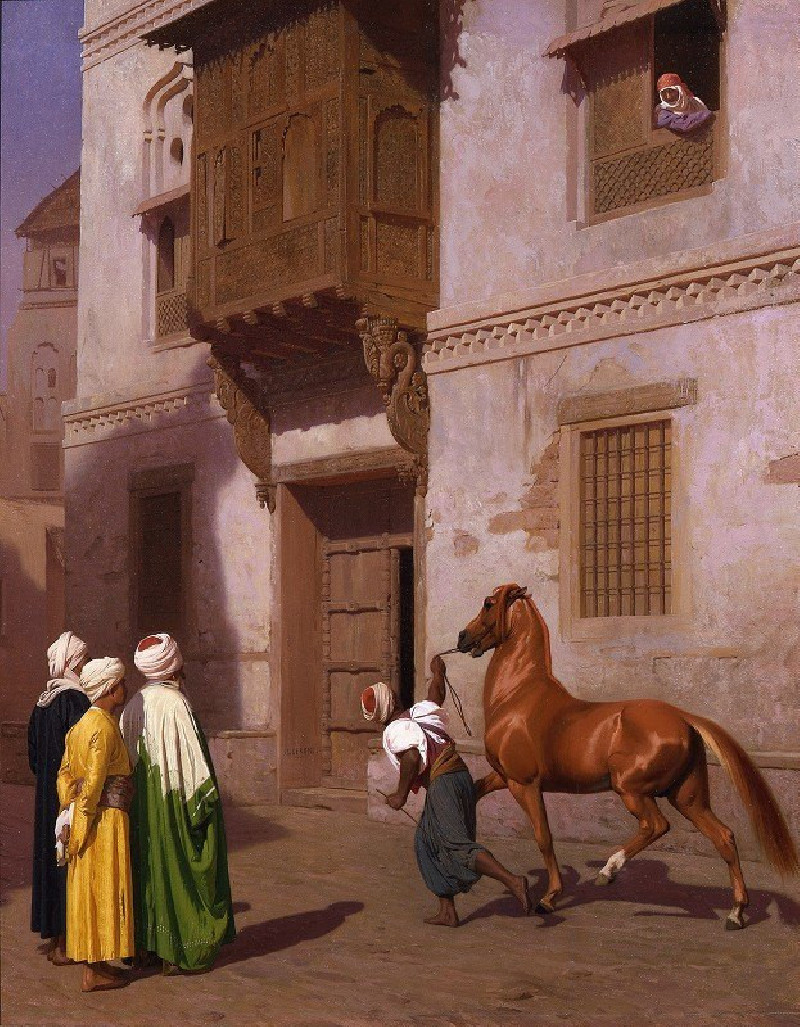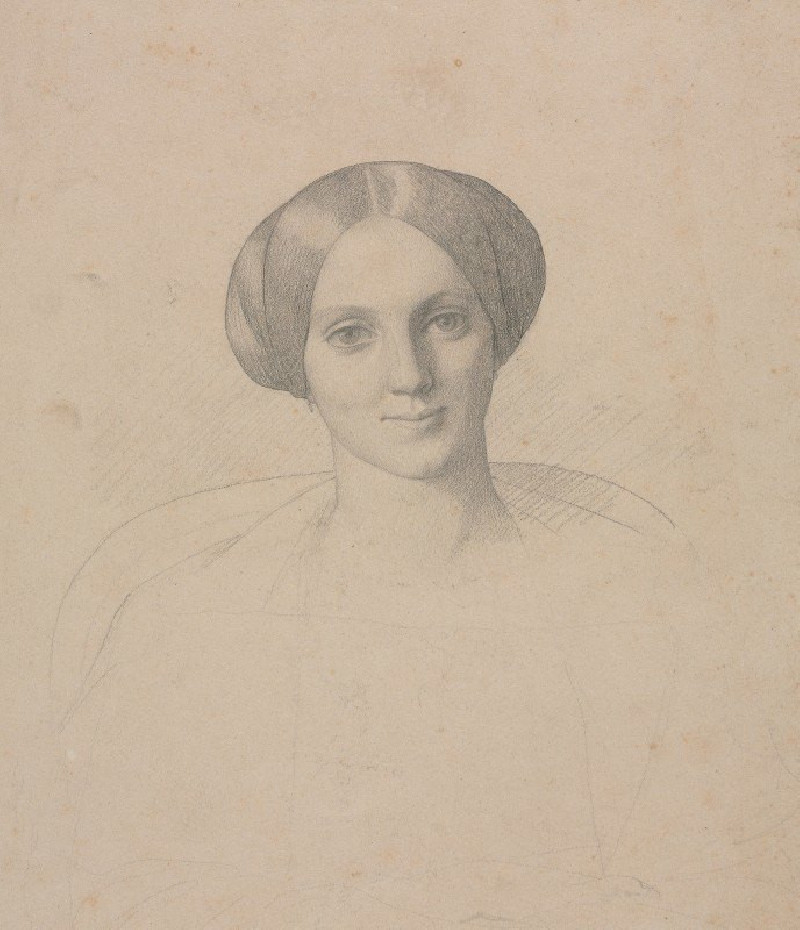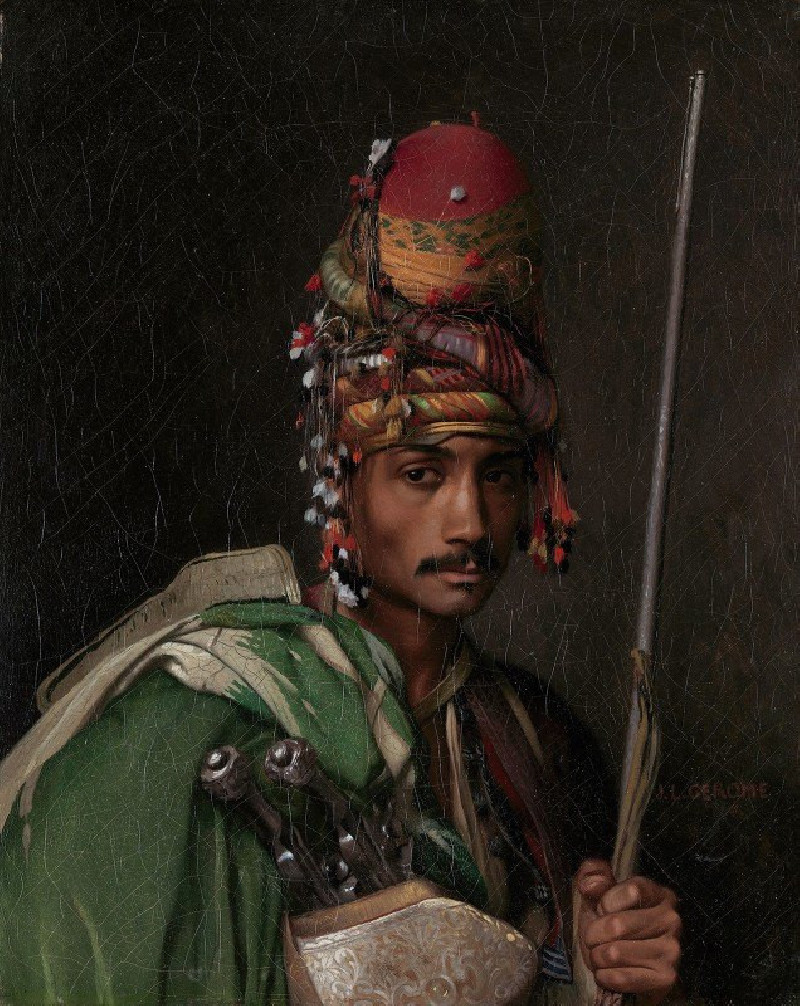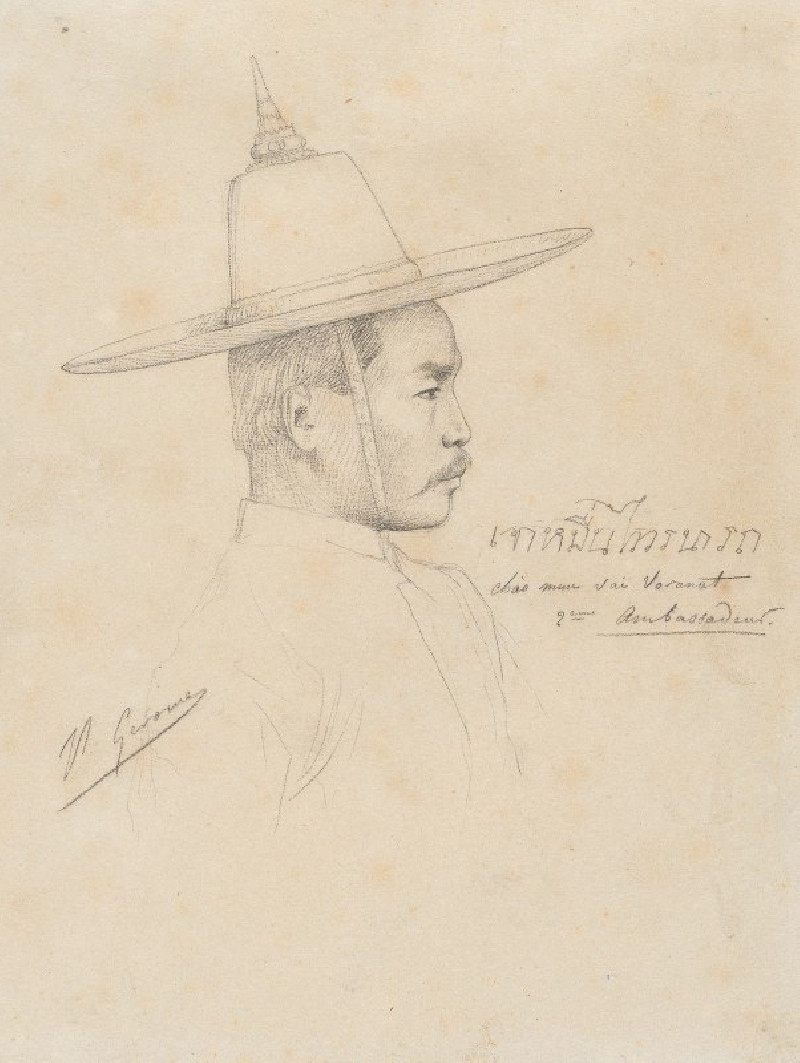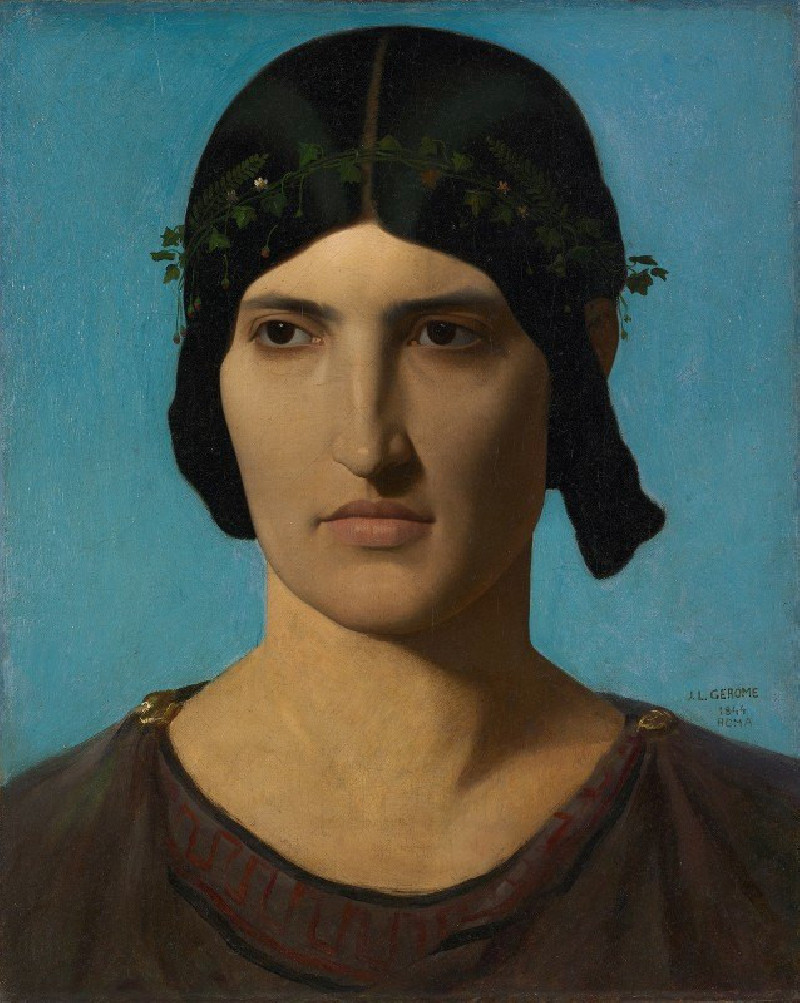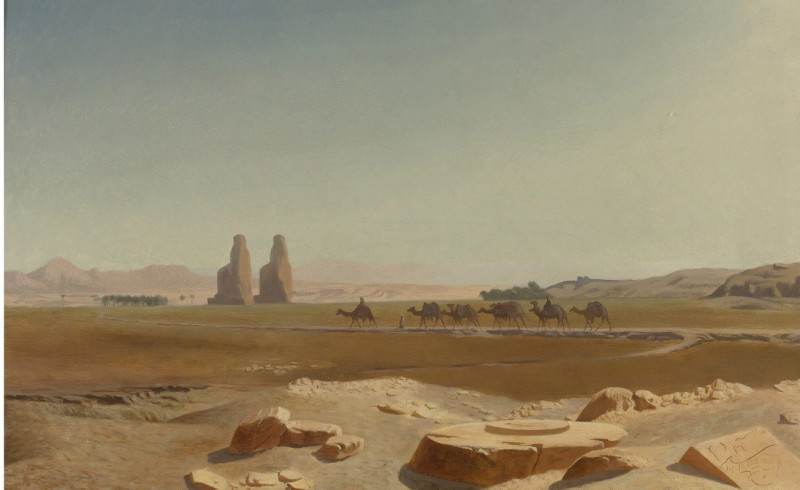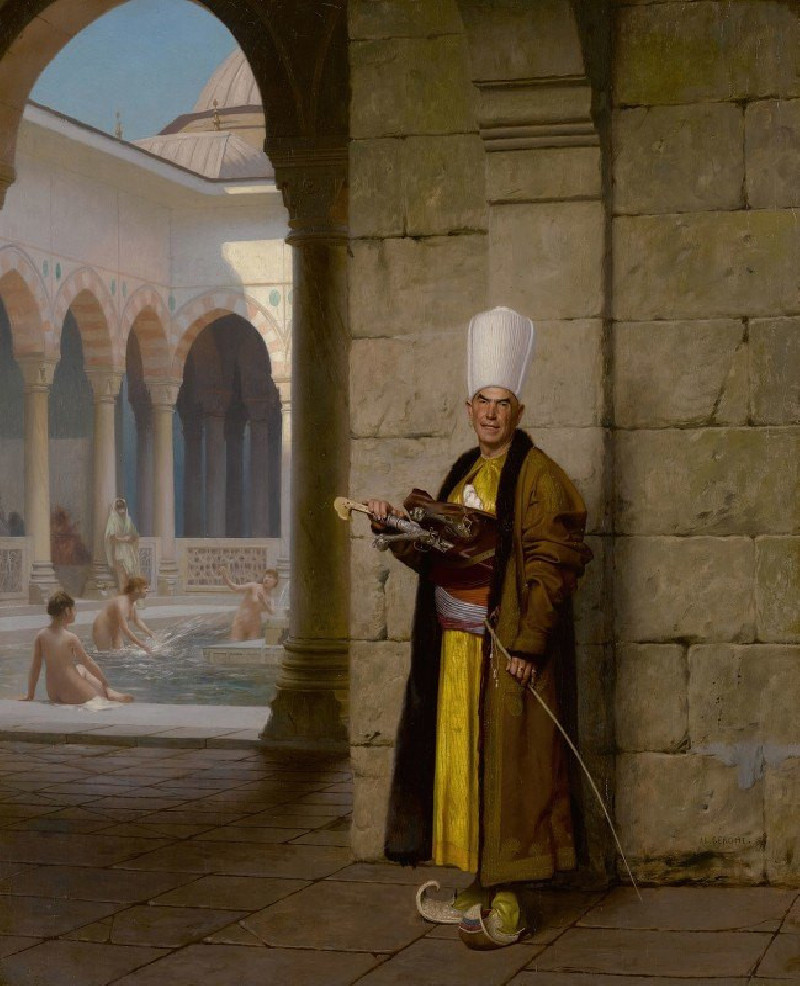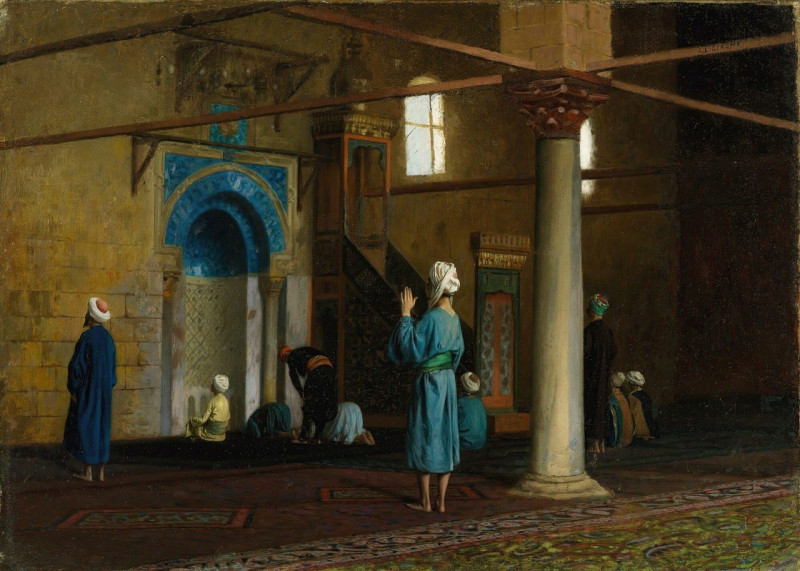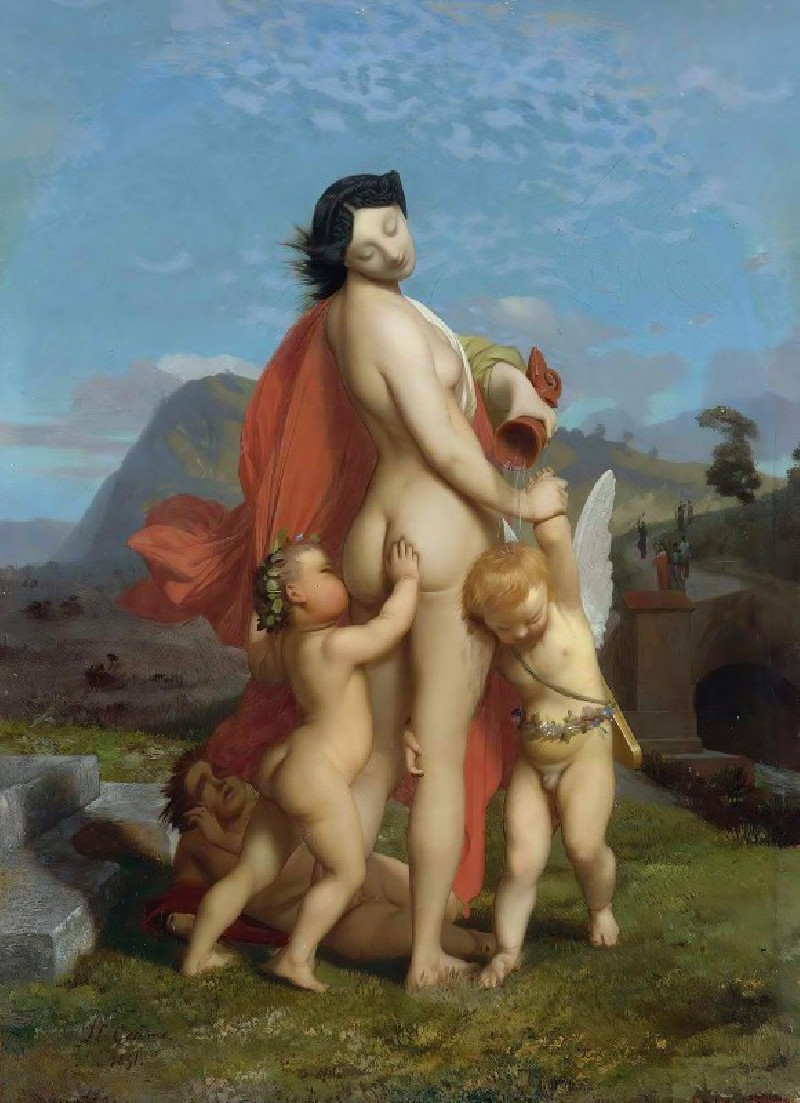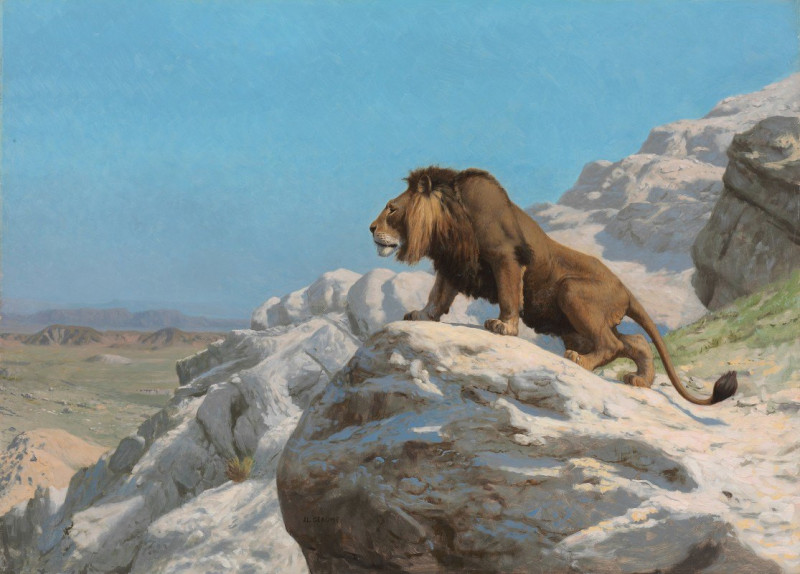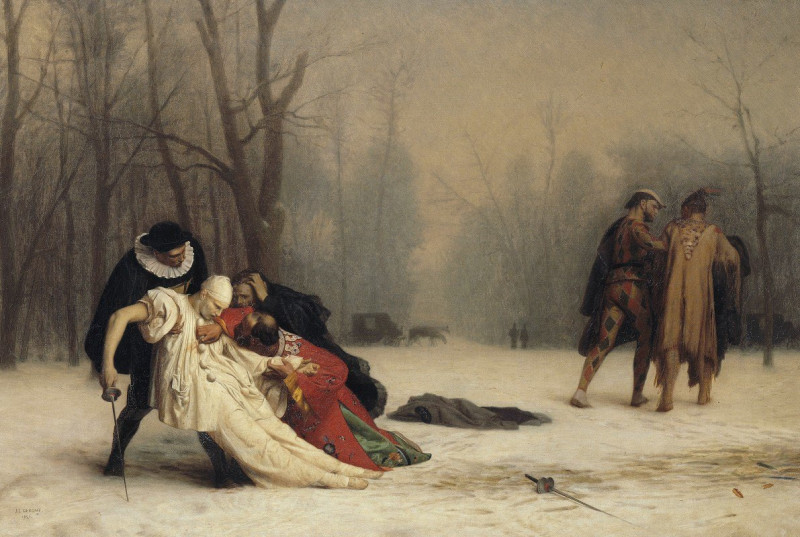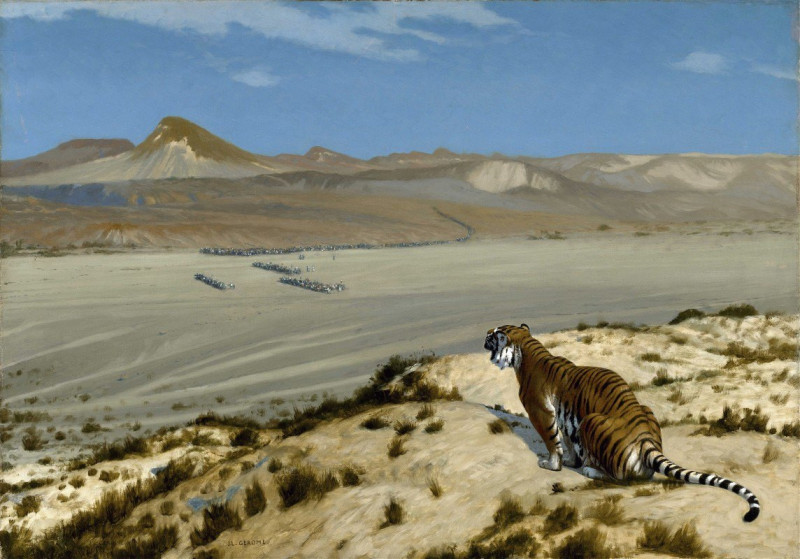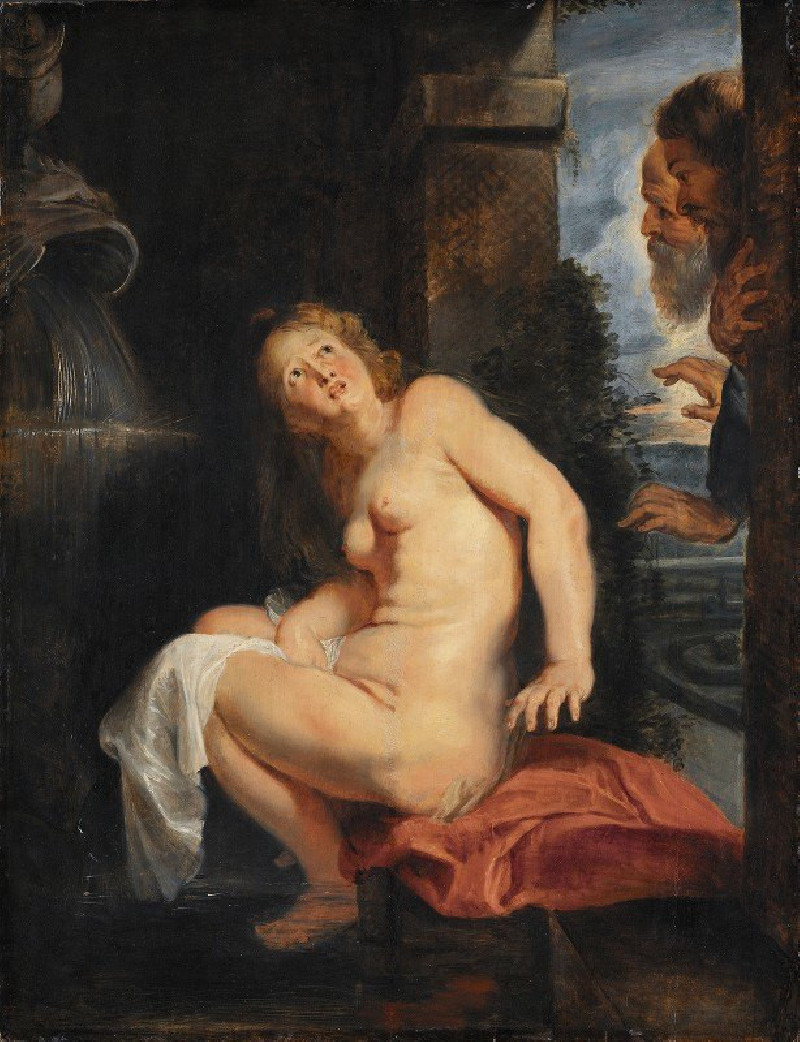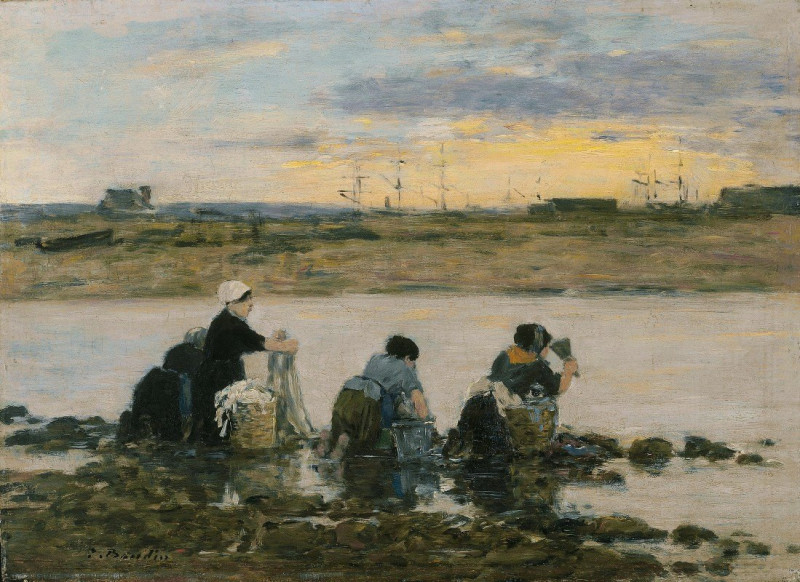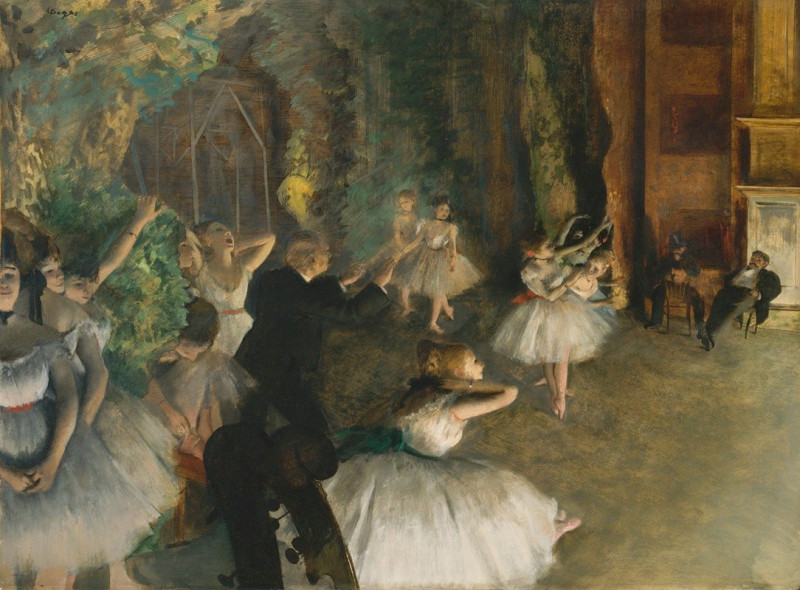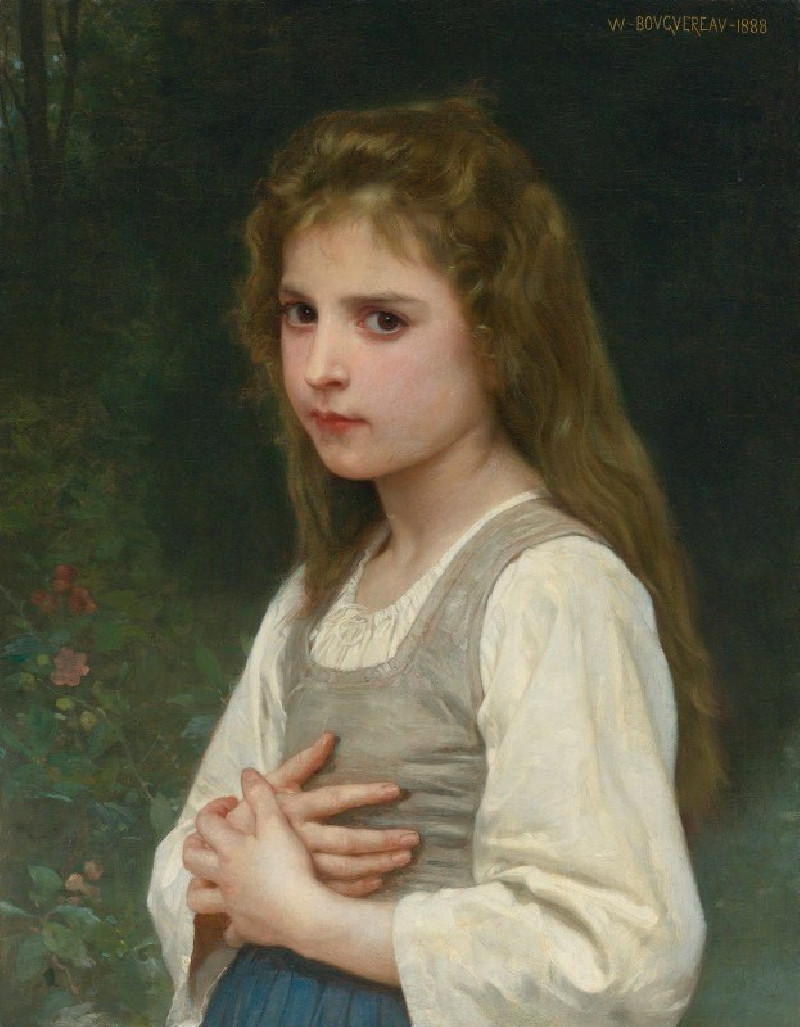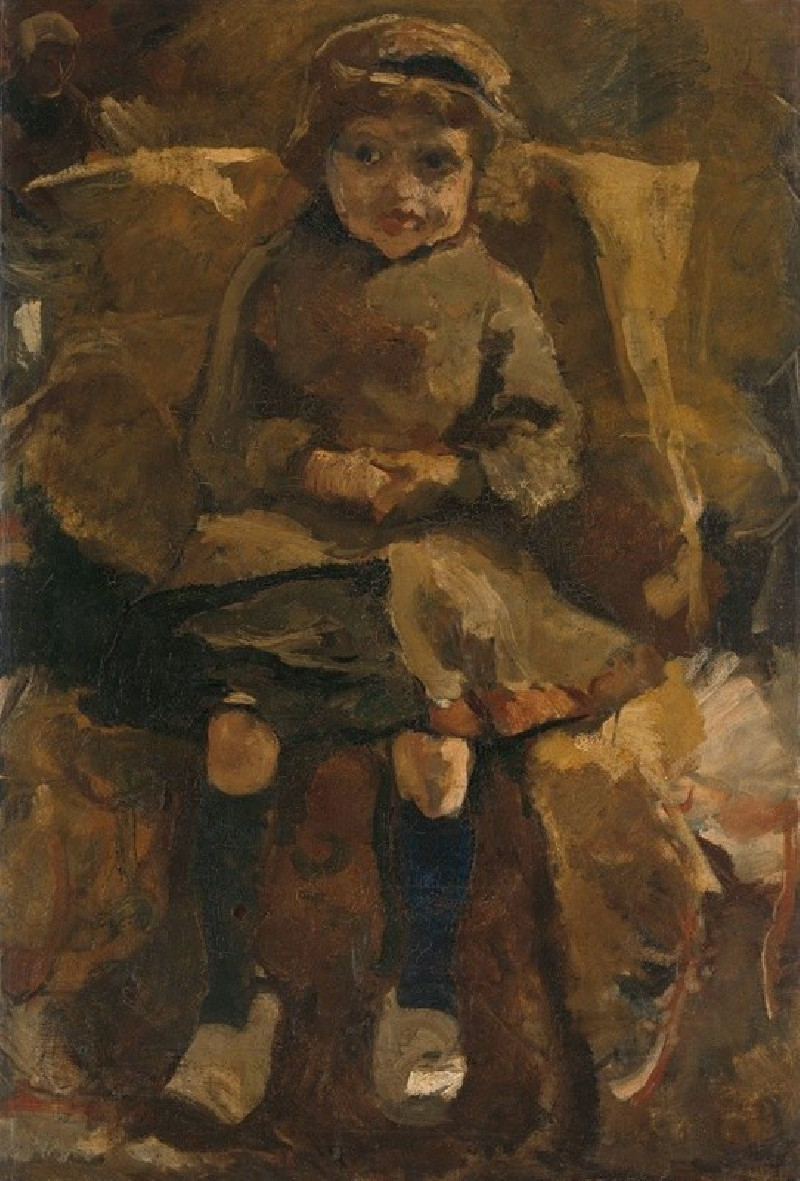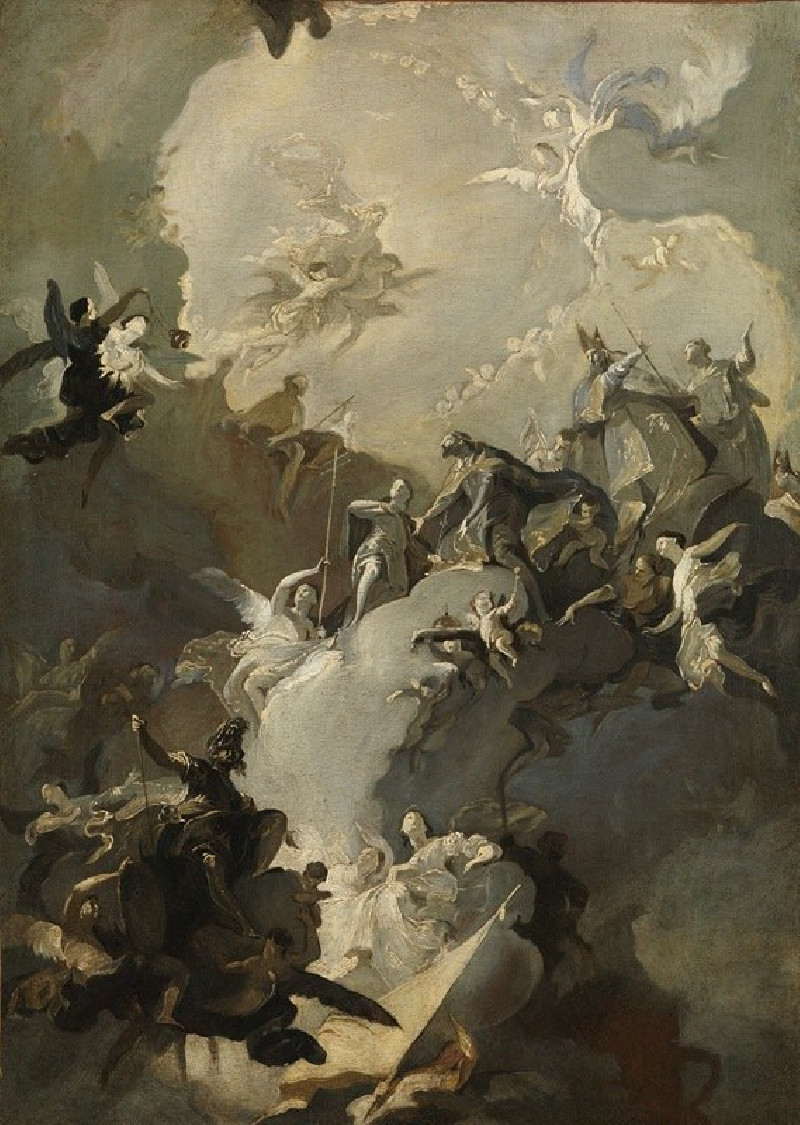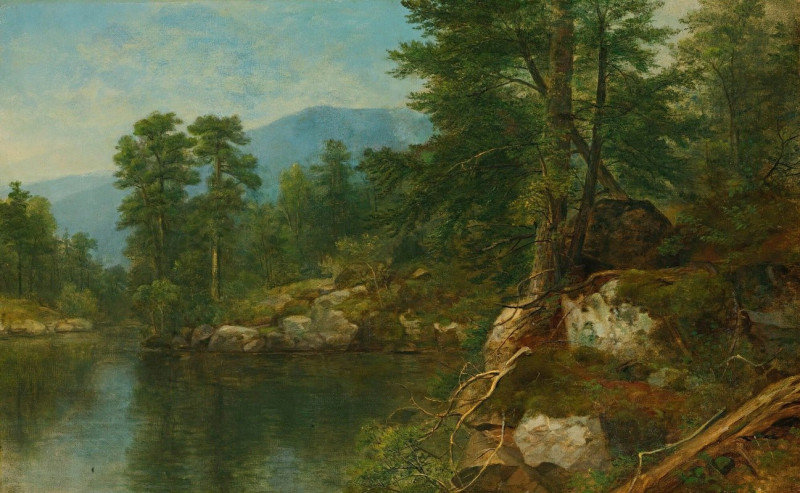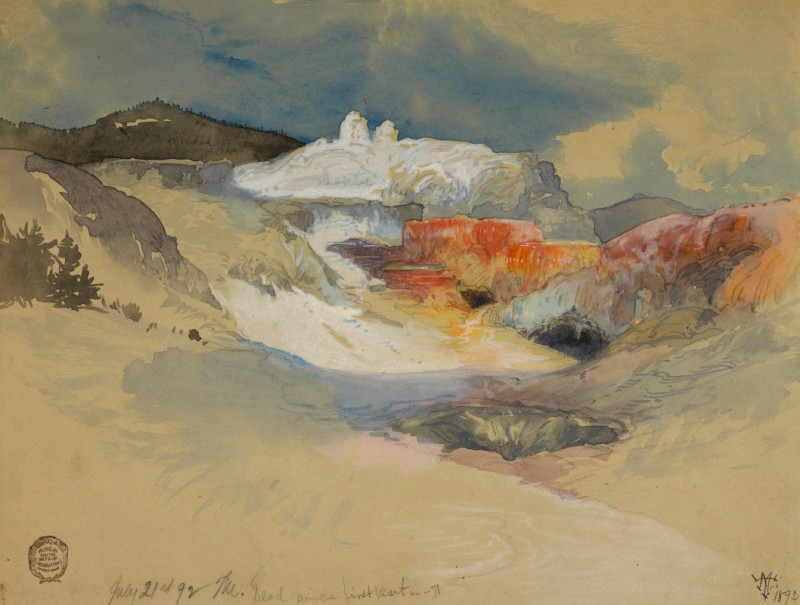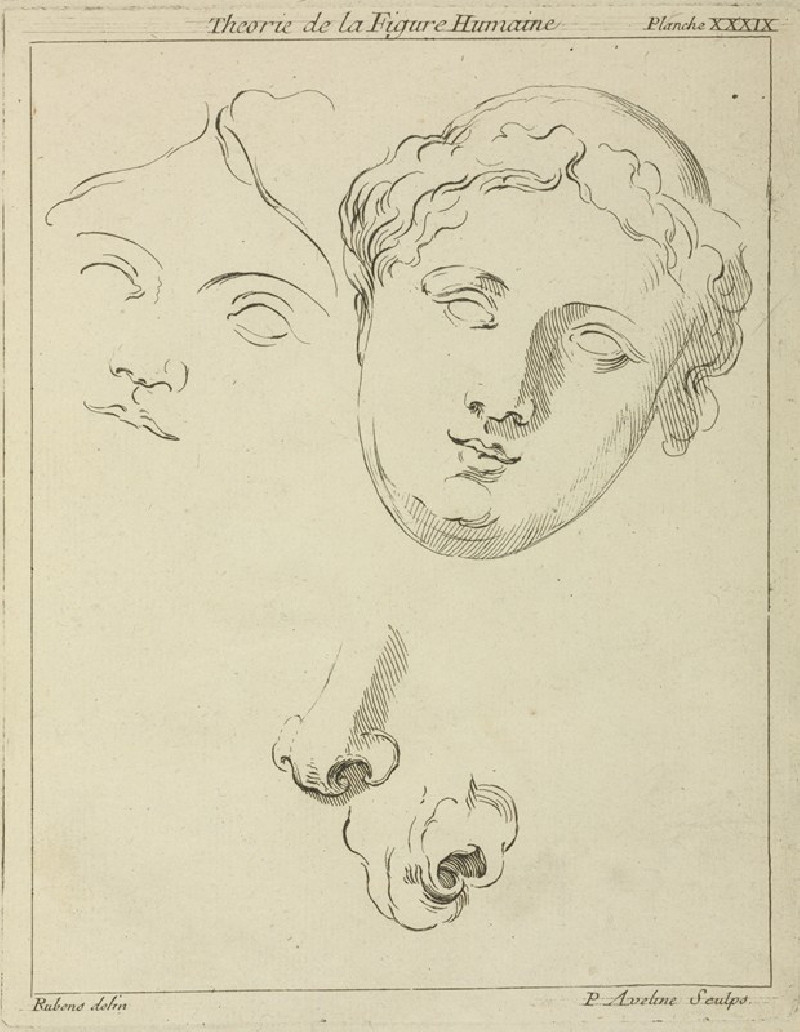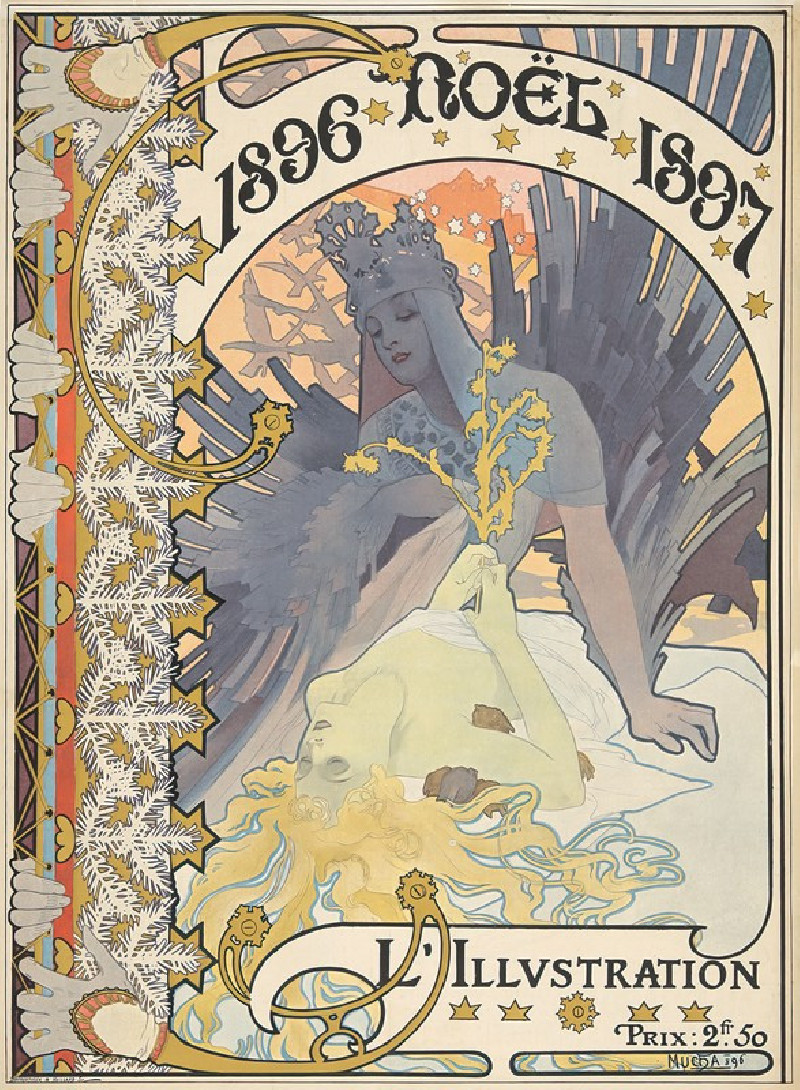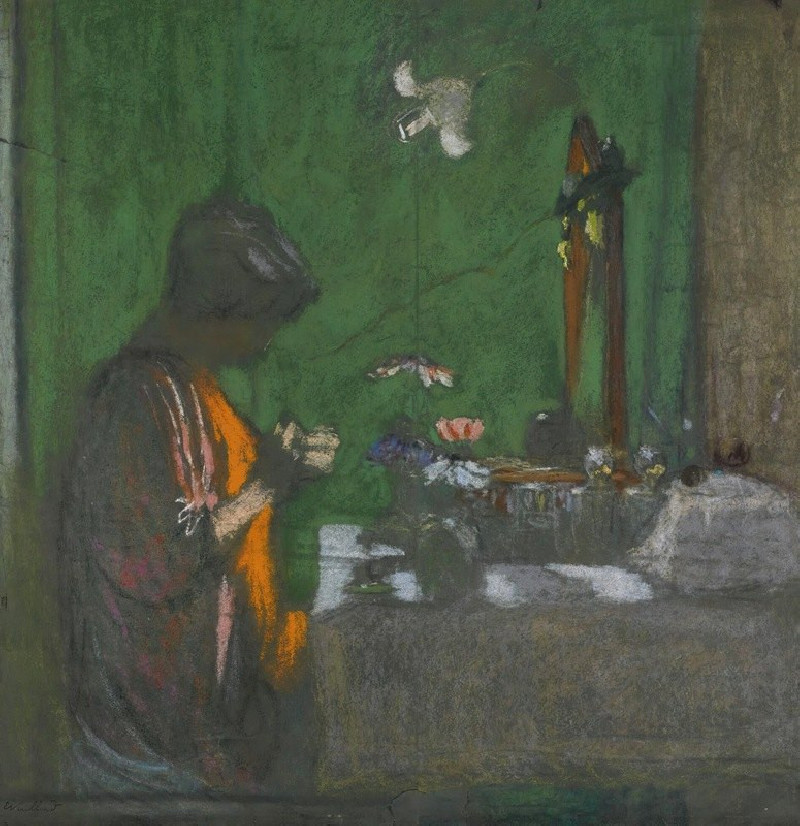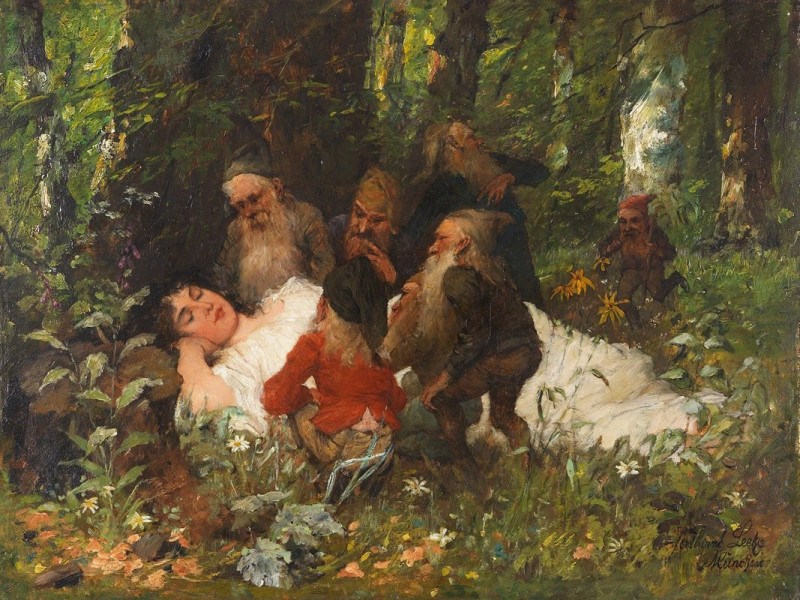Napoleon in Egypt (1867–68)
Technique: Giclée quality print
Recommended by our customers
More about this artwork
Jean-Léon Gérôme's painting, "Napoleon in Egypt," depicts a moment from the historic Egyptian campaign led by Napoleon Bonaparte at the end of the 18th century. The painting, crafted between 1867 and 1868, portrays a poised and contemplative Napoleon standing prominently in the foreground. He is dressed in a striking uniform that features a dark blue jacket adorned with gold embroidered details and red sashes, complemented by cream-colored breeches and tall riding boots. This costume highlights his military rank and the era’s fashion.Napoleon's figure is set against the backdrop of an expansive desert landscape, subtly suggesting the vastness and mystery of Egypt. In the distance, domed structures reminiscent of historic Egyptian mosques contribute to the painting's historical and geographical context. These architectural elements enhance the exotic allure of the scene and evoke the cultural richness of Egypt.Behind Napoleon, to the right, several local figures on horseback are depicted. These riders, clad in traditional attire, add a layer of authenticity and complexity to the painting, emphasizing the intersection of French and Egyptian cultures during this campaign.Gérôme, known for his preciseness in historical detailing and his ability to capture the essence of the depicted moments, masterfully combines portraiture with historical landscape in this work. "Napoleon in Egypt" not only captures a specific historical figure in a defining moment but also invites the viewer to reflect on the broader implications of cultural encounters and imperial ambitions.
Delivery
Returns
Jean-Léon Gérôme was a French painter and sculptor in the style now known as academicism. His paintings were so widely reproduced that he was "arguably the world's most famous living artist by 1880." The range of his oeuvre included historical painting, Greek mythology, Orientalism, portraits, and other subjects, bringing the academic painting tradition to an artistic climax. He is considered one of the most important painters from this academic period. He was also a teacher with a long list of students.

